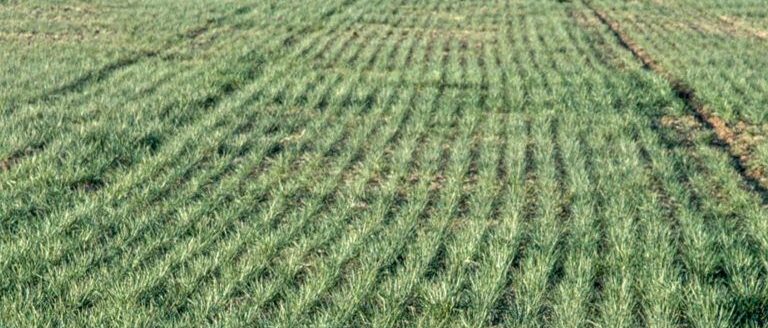Crop reporting improvement
Think back to your high school math class. Did you ever take an exam that you felt like every answer was a guess? K-State Research and Extension agents, along with some other agencies, fill out crop progress reports on a regular basis with what amounts to an educated guess. However, there is an effort underway to improve this process.
I must admit that I am a numbers guy. When they are based on valid circumstances, numbers are truly difficult to argue with. As such, the crop reporting process is a struggle for me as my responses are truly an educated guess rather than hard data.
From December through February, the reports are monthly and due the first Monday of the month. From March through November, the reports are due weekly on Monday mornings with reports released from the National Ag Statistics Service on Monday afternoons. These reports are available to anyone but are widely used by grain marketers and commodity traders that can impact markets both positively and negatively. Throughout the year, the content of the surveys change to adapt to the current crop progress.
For example, there were four questions in this week’s survey. The first was how many days were suitable for field work. This question is essentially just a way to measure precipitation and the response simply requires a single whole number from zero to seven. Terry Griffin, K-State Research and Extension precision ag economist, has researched this data. While not that surprising to our area, across the state the most productive crop years are those that have more days suitable for fieldwork. His work can be found on agmanager.info.
The next two questions are quite related in that they both deal with soil moisture, both topsoil and subsoil. For both areas, respondents are asked to estimate the percentage of the county that is very short, short, adequate or excessive. While the option is there to estimate by single digits, I tend to estimate by five percentage points (i.e. 15 or 20 percent rather than 17 percent).
The final question in this week’s survey dealt with the condition of the growing wheat crop. Respondents were asked to estimate what percentage of the crop was very poor, poor, fair, good or excellent. In all honesty, I have probably been too pessimistic on our wheat crop and will need to increase my good and excellent percentages next week.
For crop condition, the ratings are weighted by crop acreage. For instance, this summer cotton condition and progress will be one of the questions. Since there is no cotton (that I know of) in Crawford County, I leave the question blank. However, even if I were to answer the question, since no cotton is in the county, my response would not impact the report very much, if at all.
Until last year, the data was broken out into nine reporting districts across the state that transected the state into thirds both north to south and east to west. However, the following note has been added to the reports for this year: “District-level estimates for sorghum, days suitable for fieldwork and topsoil and subsoil moisture supplies will not be published in 2018 due to lack of external funding.” This is unfortunate as the by-district data was quite interesting to display the variability across our great state.
Another one of my issues with the process is the timing of the questions, which include estimating a percentage of crops planted. For example, if fields were drier, producers would have started planting corn near our insurance date of March 20. In fact, if conditions were great, a large amount of acreage would have been planted. In most years, my first response to percentage of corn planted is greater than 50 percent because the question is not asked until the first or second week in April.
Later in the season we will be asked about the growth stage of our crops including heading on wheat or tasseling on corn. Ignacio Ciampitti, K-State Research and Extension Cropping Systems Specialist, and his graduate student Luciana Nieto are working to develop a real-time mapping system using satellite technology that will include crop growth stages. This system will be able to accurately monitor the crop growth and development across the state. In fact, if successfully, this system will have much higher accuracy than the current reporting system.
While an educated guess may bother a numbers guy like me, it is the current best system. However, a more accurate system may be developed in the near future. For more information or if you have any questions, please call me at the office 620-724-8233, or e-mail me at [email protected] or visit the Wildcat Extension District website at www.wildcatdistrict.ksu.edu.

